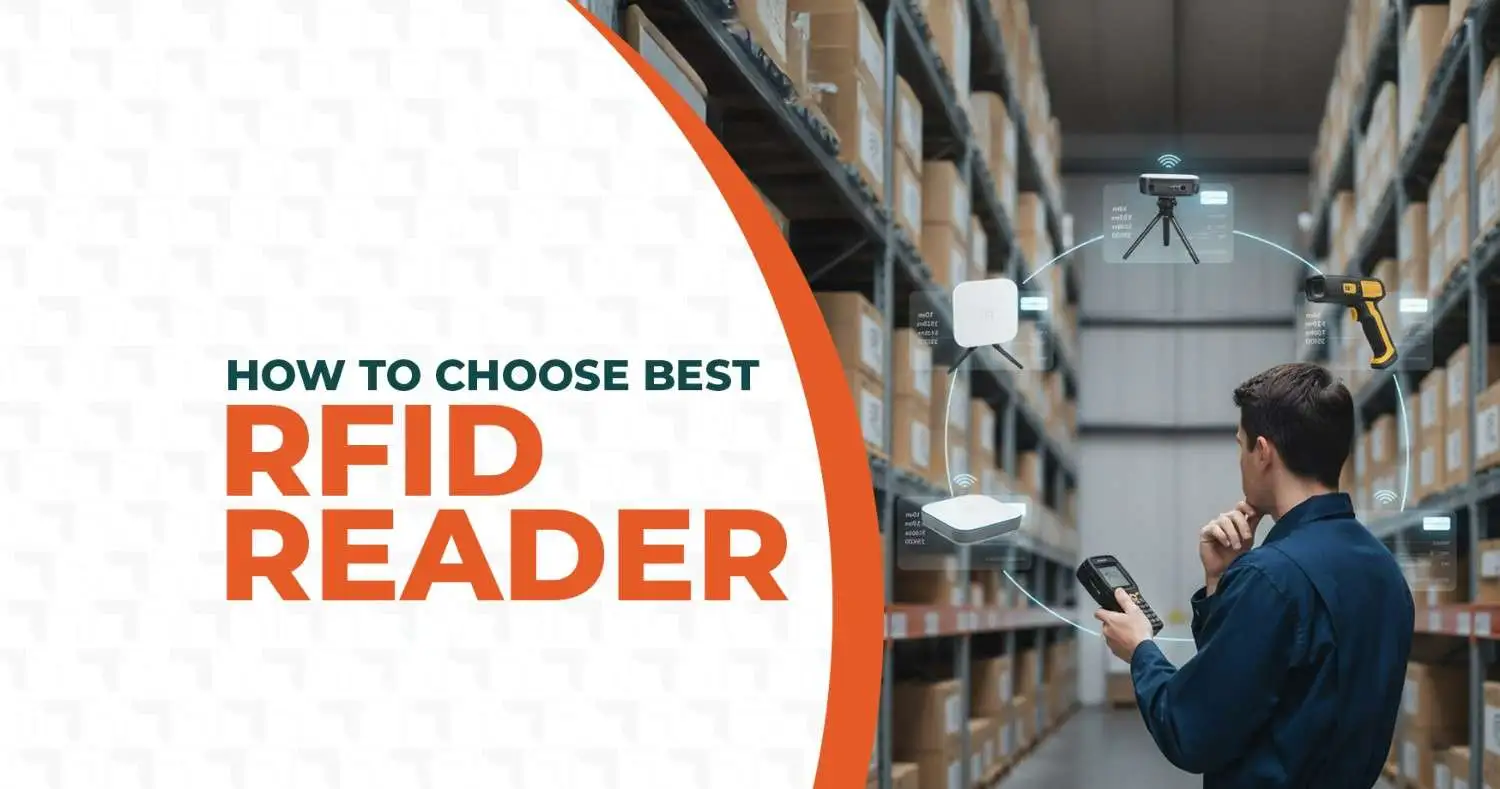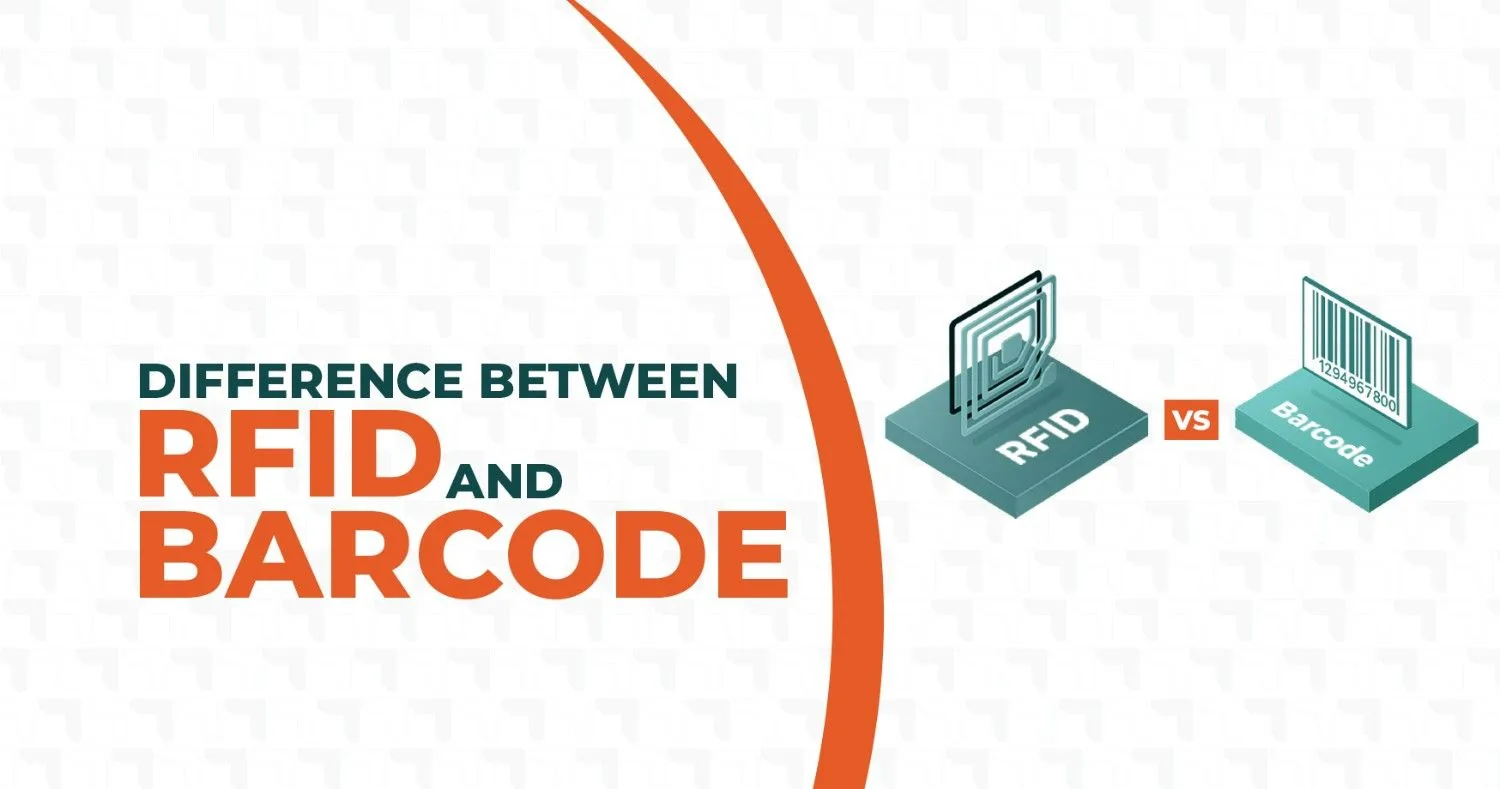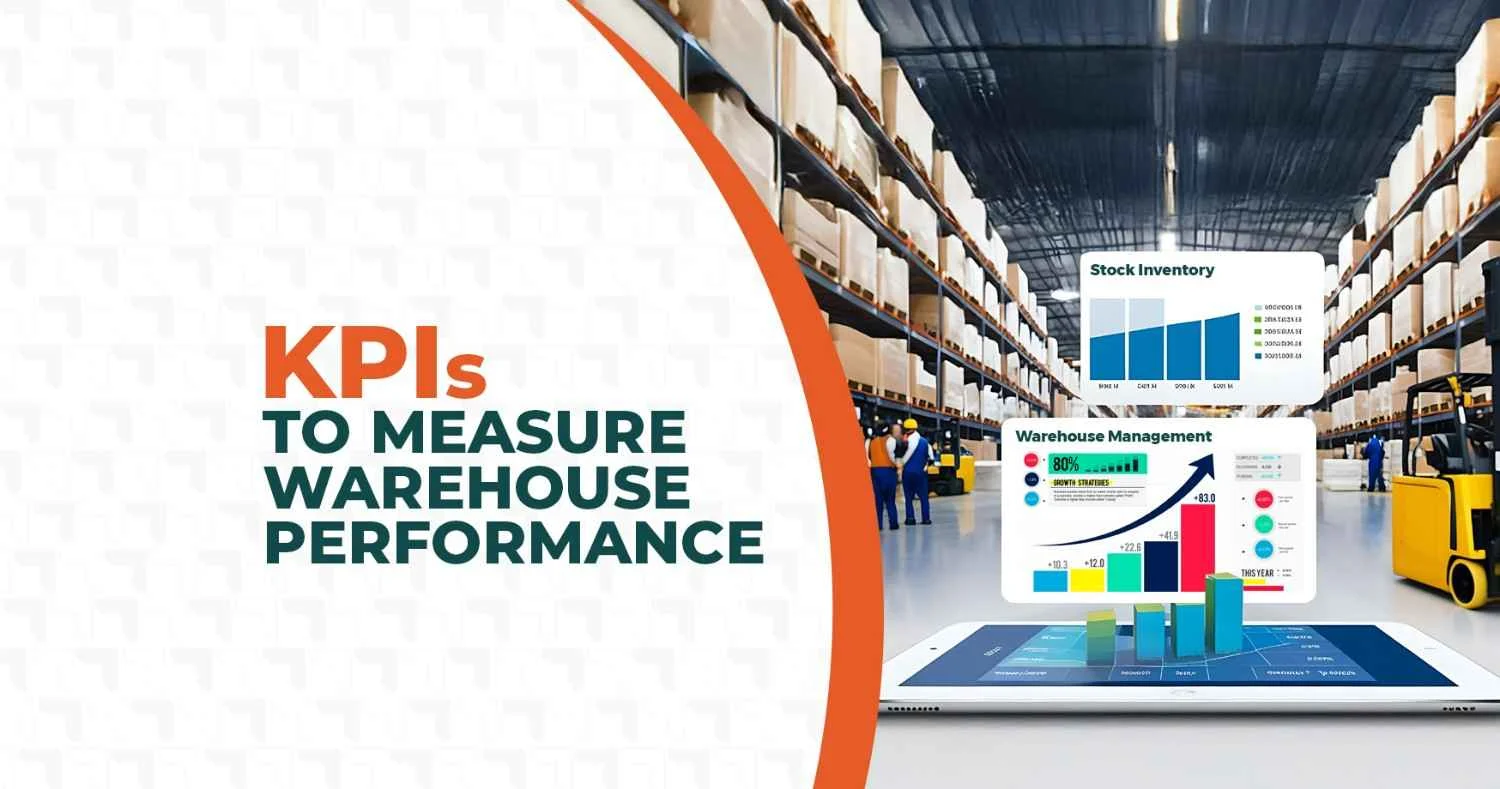
How to Choose the Best Automated Labelling Machine for Your Business
Labels may seem like a small part of production, but they reveal the efficiency and accuracy of your entire line. Misplaced or inconsistent labels are rarely just cosmetic—they expose gaps between your machines, workflow, and operational standards. Manual processes or mismatched equipment amplify these issues, leading to wasted materials, slower throughput, and compliance risks.
The right automated labelling machine ensures every unit is correctly marked, traceable, and production-ready without constant intervention. Selecting a system that matches your product sizes, label types, and line speed directly affects operational reliability, reduces downtime, and safeguards quality. Understanding how to choose the best automated labelling machine is the first step toward a smoother, more efficient production line.
Why Automation in Labelling Matters?
Automation in labelling replaces repetitive manual tasks with precision-driven systems that ensure every product is uniquely identified and looks identical, regardless of volume.
Unlike human operators who can get tired, misalign, or miss a label, automated systems deliver consistent placement and accuracy at every cycle. This consistency is a necessary element for traceability, compliance, and product integrity, especially in industries like pharmaceuticals and FMCG where mislabelling can mean regulatory setbacks or product recalls.
Automated labelling also increases production throughput by synchronizing label application with conveyor speeds. A single system can label hundreds of units per minute, eliminating bottlenecks in packaging lines. For example, in pharma packaging, automation ensures that each vial or blister pack gets the correct batch and expiry label, preventing costly mix-ups and delays.
In essence, an automated labelling machine automates the task of printing and applying labels on containers, cartons, or products. Which means faster, more accurately, and more reliably than any manual process.
Key Factors to Consider When Choosing the Best Automated Labelling Machine
When you start evaluating options, you’ll find a wide variety of configurations, each suited to different packaging formats and speeds. To simplify your decision, this guide on how to choose the best automated labelling machine explains the process down into non-negotiable measurable parameters.
1. Type of Product and Packaging
Every product has a unique surface and shape, and that directly determines the kind of labelling machine you need. Cylindrical containers like bottles require wraparound labelers, while cartons or pouches might need top or side applicators. Ensure the machine you choose can handle your product’s material, shape, and size variations without constant adjustments.
2. Speed and Throughput Requirements
Speed defines how well the labelling machine aligns with your production rate. If your line runs at 100 units per minute, your labeller should match or exceed that speed without losing accuracy. Look for consistent label placement accuracy at the desired throughput. Investing in speed that outpaces your needs may add unnecessary cost, while underspecifying can create downstream bottlenecks.
3. Print & Apply vs Apply-Only
If your operation requires variable data like batch codes, barcodes, or expiry dates, choose a print and apply system. It prints labels in real-time and immediately applies them to the product. For products using pre-printed labels, an apply-only system often called a label applicator is sufficient. Understanding this distinction is one of the core tips to choose the best automated labelling machine that suits both your workflow and compliance needs.
4. Integration with Existing Systems
Your labelling machine should seamlessly integrate with your production control, ERP, or warehouse management system. Check if it supports industrial communication protocols like Ethernet/IP, RS232 or Modbus. Integration allows synchronized printing, line control, and data logging for traceability, critical for regulated industries like pharma, food, and electronics.
5. Vision and Verification Systems
Modern automated labelling machines can integrate with vision inspection systems to verify label position, print quality, and barcode readability. This reduces rework and ensures 100% accuracy before products move to the next stage.
6. Maintenance and After-Sales Support
A reliable maintenance and service network ensures long-term uptime. Check for easy access to spares, clear documentation, and remote diagnostics capabilities. Preventive maintenance contracts from your vendor can drastically reduce unexpected stoppages. Reliable after-sales support is one of the most undervalued yet essential factors when choosing best automated labelling machine for business continuity.
Common Mistakes to Avoid When Selecting a Labelling Machine
Even the best automation technology can fall short if the selection process goes wrong. Many labelling projects face issues not because the machine underperforms, but because critical evaluation steps were skipped during purchase and setup. Understanding these common mistakes will help you make smarter choices and get the most value from your investment.
1. Choosing Based Only on Price
A cheaper machine often lacks the flexibility or service quality needed for continuous operations. The initial savings quickly vanish when you factor in downtime, label waste, and inconsistent quality. Instead of cost, focus on total cost of ownership and ROI, especially in view of regulatory compliances.
2. Ignoring Scalability or Integration
Your labelling system must evolve as production grows. Choosing a standalone system without integration capability restricts scalability and traceability. Always validate that the machine can interface with future upgrades or software platforms.
3. Not Evaluating Label Material Compatibility
Labels vary in adhesive strength, thickness, and surface finish. A mismatch can lead to peeling or wrinkling. During trials, test your actual label material and product surface to confirm adhesion performance at full line speed.
4. Overlooking Post-Purchase Service
Even the most advanced labelling system needs regular servicing. If support response is slow, a small issue can halt production for hours. Choose a vendor with strong after-sales service and local technical presence for minimal downtime.
How Bar Code India (BCI) Helps You Automate Labelling
Selecting the right automated labelling solutions is not just about speed or price; it’s about building a dependable link between packaging and product identity. When you know how to choose the best automated labelling machine, you gain control over quality, reduce operational risk, and future-proof your production line.
Bar Code India (BCI) provides industry-proven Print & apply automation solutions built for speed, precision, and integration. Our systems align with Industry 4.0 principles, combining smart labelling, machine vision inspection, and real-time analytics to ensure accuracy at every stage of your production line.
From FMCG to pharmaceuticals and automotive manufacturing, BCI has implemented automated labelling systems that reduced rework, improved compliance and traceability, and ensured consistent label application across millions of units for various industries.
With a deep understanding of industrial automation and integration, our experts help you select, deploy, and maintain the right automated labelling solution, keeping your production line agile, compliant, and scalable.
Ready to optimize your production line with automated labelling? Get in touch with BCI experts to explore the right fit for your business.
FAQs
1. How to choose the best labelling machine for your production line?
Begin by analysing your product shape, label material, and production speed. Check machine compatibility with packaging formats, integration with your existing systems, maintenance ease, and ROI. This evaluation ensures optimal performance, accuracy, and long-term reliability in your production line.
2. Why should manufacturers invest in automated labelling machines instead of manual ones?
Automated labelling machines eliminate repetitive manual errors, reduce labour dependency, and maintain consistent label placement across high-volume batches. They also enhance productivity, compliance, and traceability while keeping operational costs predictable and efficiency steady even during continuous, multi-shift manufacturing operations.
3. How can labelling automation improve accuracy and efficiency?
Automated systems synchronize label application with conveyor speeds, minimizing misalignment and waste. They can also be paired with built-in sensors and vision systems to verify label placement and quality in real time, enabling faster production cycles, reduced downtime, and data-driven improvements for long-term operational consistency.
4. What factors should I consider before buying an automated labelling machine?
Assess your product dimensions, surface, label adhesive, print requirements, and speed targets. Verify software compatibility and after-sales service quality. Balancing these technical and operational factors ensures smooth integration, reliable output, and maximum return on automation investment.
5. Is it worth investing in a high-speed labelling machine for small-scale production?
Yes, if your business anticipates growth or frequent batch runs. A high-speed labelling machine provides scalability, precision, and durability, reducing changeover time and operational fatigue. Early automation investment ensures consistent output and long-term cost efficiency even at smaller volumes.
6. Which industries benefit most from automated labelling machines?
Industries handling high-volume or compliance-critical packaging benefit most, for example - pharmaceuticals, FMCG, food and beverage, electronics, chemicals, logistics, and automotive. Automated labelling improves accuracy, traceability, and brand consistency while meeting regulatory standards across complex, multi-product manufacturing environments.
Share this page
Get in Touch
Ready to take your business to the next level with BCI (Bar Code India)? We're just a phone call or email away.



